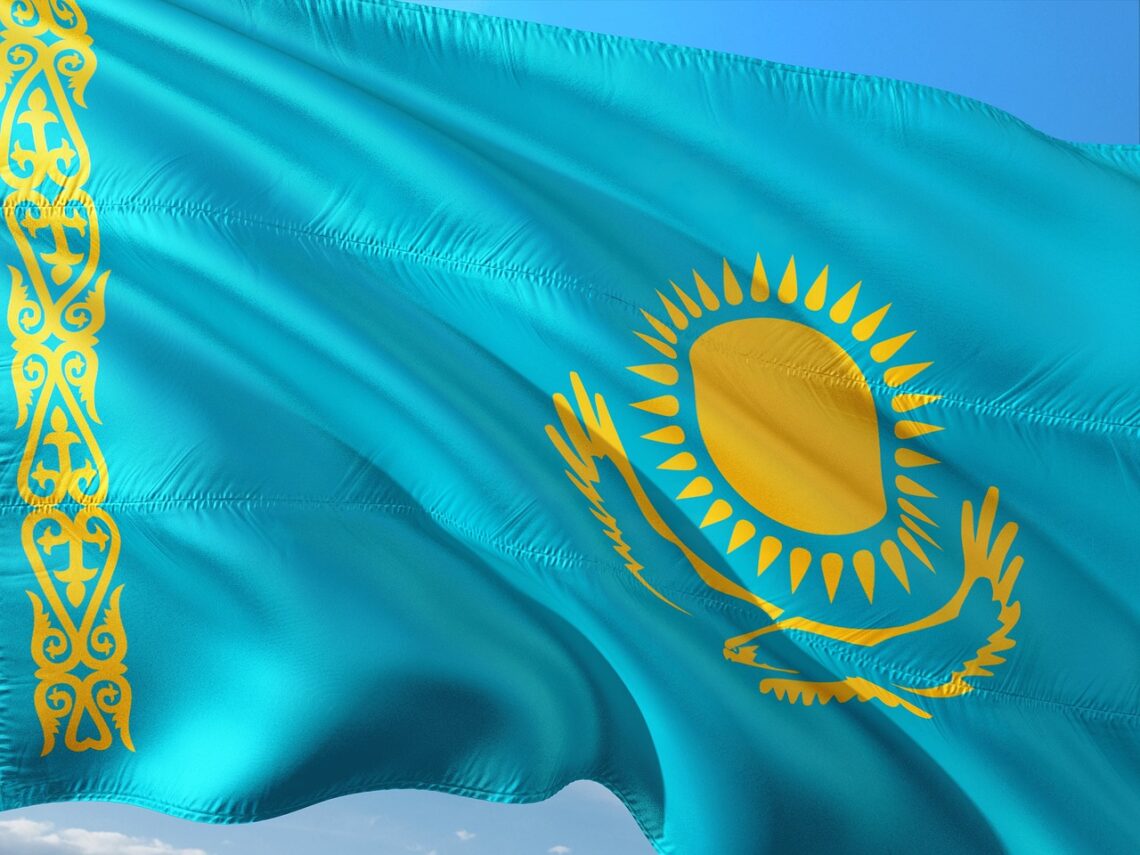
Unknown Interesting Facts About Kazakhstan
Interesting Facts About Kazakhstan
Kazakhstan, officially the Republic of Kazakhstan, is a large country in central Asia, bordered by the Caspian Sea, Russia, China, Kyrgyzstan, Uzbekistan, and Turkmenistan to the south. Now let’s delve a little deeper and discover more interesting facts about Kazakhstan.
The country is about the size of Western Europe and has a population of 18 million people (2017), with the majority being ethnic Kazakhs.
Kazakhstan covers an area of 2,724,900 square km (1,053,100 square miles), making it the 9th largest country in the world. The majority of the country is made up of steppes, which are grassy plains.
It is rich in natural resources, including minerals, oil, and gas reserves. Kazakhstan is also home to the world’s second-largest landlocked sea, the Caspian Sea. The capital city is Astana. The official language is Kazakh, but Russian is also widely spoken.
Kazakhstan has five UNESCO World Heritage Sites.
Kazakhstan is known for a lot of things. One of the most interesting facts about Kazakhstan is that it has five UNESCO World Heritage Sites. Let’s take a brief look at each.
The Western Tien-Shan
Western Tien-Shan, also known as the Soltustik Qazaqstan, is a mountain range in Kazakhstan. The range stretches for 2,500 kilometers from east to west and 1,500 kilometers from north to south. It is one of the largest mountain ranges in Asia.
Interestingly the Western Tien-Shan is home to some of the tallest mountains in Kazakhstan, including the Khan Tengri (6,995 m) and the Pik Talgar (5,163 m).
The range is also home to many glaciers, including the Inylchek Glacier, which is one of the largest glaciers in the world.
The Western Tien-Shan is a popular destination for mountaineers and hikers. The region offers beautiful scenery and many opportunities for adventure.
The Mausoleum of Khoja Ahmed Yasawi
Khoja Ahmed Yasawi was a great medieval poet and philosopher who greatly influenced the development of Turkic literature.
His mausoleum, located in Turkestan, Kazakhstan, is a beautiful example of Central Asian architecture. The mausoleum was built in 1389, just two years after Khoja Ahmed Yasawi’s death.
It is said that the architect was inspired by the Prophet Muhammad’s tomb in Medina, Saudi Arabia. The mausoleum is constructed of brick and stone, and its exterior is covered in intricate tile work.
Inside the mausoleum, visitors can see the tomb of Khoja Ahmed Yasawi as well as a number of other tombs belonging to his family members. The mausoleum also houses a mosque and a madrassa (Islamic school).
The Tamgaly Petroglyphs

The ancient petroglyphs of Tamgaly are a must-see for anyone interested in the history and culture of Kazakhstan.
These ancient rock carvings date back thousands of years and provide a fascinating glimpse into the lives of the people who once lived in this region.
The Tamgaly petroglyphs are located in a remote area of Kazakhstan and can be reached only by hiking or horseback.
This journey is well worth the effort, as the petroglyphs are truly breathtaking. There are over 5,000 carvings at Tamgaly, depicting everything from animals to hunting scenes to religious rituals.
The Tamgaly petroglyphs offer a unique window into the past and are an essential part of understanding the history and culture of Kazakhstan.
The Saryarka – Steppe, and Lakes of Northern Kazakhstan
Steppe and Lakes of Northern Kazakhstan present two protected areas of Naurzum State Nature Reserve and Korgalzhyn State Nature Reserve, totaling 450,344 ha.
It encompasses important wetlands of global significance for water bird species, including the endangered Siberian white crane, the Dalmatian pelican, Pallas fish eagle, among others.
The lakes in these nature reserves are also a great place to see some of the country’s wildlife. The steppe has two major national parks: Aral and Kostanay.
More interesting facts about Kazakhstan
The Silk Roads: the Routes Network of Chang’an-Tianshan Corridor
The ancient city of Chang’an was once the largest and most prosperous city in the world. Located in present-day Kazakhstan, Chang’an was at the center of the vast Silk Roads network that stretched across Asia and beyond.
These Silk Roads were not just a single road or trade route, but rather a complex network of routes that connected the East and West.
The Chang’an-Tianshan Corridor was one of the most important sections of the Silk Road, linking China with Central Asia and beyond.
Further, the corridor was named after the two mountain ranges that passed through the Tianshan Mountains and the Nanling Mountains.
Today, the corridor is known as one of the most scenic routes in Kazakhstan, with stunning views of mountains, deserts, and forests.
What about the Kazakhstan Economy
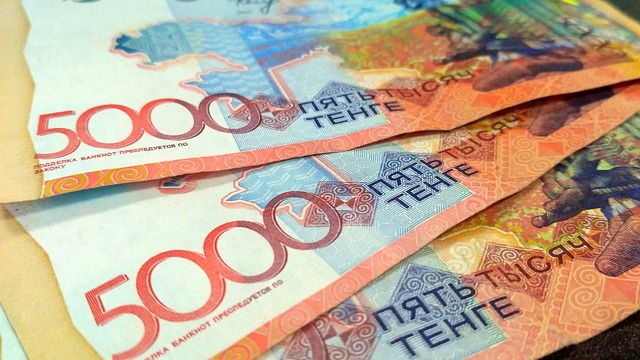
The economy of Kazakhstan is the largest economy in Central Asia. It is also one of the fastest-growing economies in the world, with an annual growth rate of 7.5% in 2017.
The country has abundant resources, including mineral resources, oil, natural gas, coal, uranium, and metals.
It also has a well-developed manufacturing sector. The main exports are oil and gas, metals, and agricultural products. Kazakhstan’s main trading partners are China, Russia, and the EU.
The country is also a member of the Eurasian Economic Union between Belarus, Kazakhstan, Kyrgyzstan, Russia, Tajikistan, and Armenia.
Who Was Genghis Khan
One of the most famous historical figures associated with Kazakhstan is Genghis Khan. Genghis Khan was the founder and first Great Khan of the Mongol Empire.
He was born in present-day Mongolia in 1162 and died in 1227. The Mongol Empire was the largest contiguous empire in history, covering much of Asia, Europe, and the Middle East.
At its peak, it included more than 100 million people. Genghis Khan was a great military leader and conquered many lands during his lifetime.
He was also known for being just and fair to those he conquered. He is an important figure in Kazakh history and culture.
Who Was Yuri Gagarin
Kazakhstan is a country with a rich history and many interesting facts. One of the most interesting facts is that it was the country to launch the first satellite into space.
This event happened on October 4, 1957, and it was made possible by the efforts of Soviet scientist Sergei Korolev and his team. The satellite, named Sputnik 1, was launched from the Baikonur Cosmodrome in Kazakhstan.
Kazakhstan is also the birthplace of Yuri Gagarin, the first man to travel into space. Gagarin was born in the village of Klushino in 1934.
In 1961, he became the first person to journey into outer space when he piloted the Vostok 1 spacecraft for 108 minutes.
Following his historic flight, Gagarin became a global celebrity and an icon of the Soviet Union.
What is The Baikonur Cosmodrome

Baikonur is the world’s largest and oldest operational space launch facility. The Cosmodrome is located in Kazakhstan, about 200 miles south of the Aral Sea.
It was originally built by the Soviet Union in 1955 and is currently leased to Russia until 2050.
Baikonur has been the site of many historic space launches, including Yuri Gagarin’s first manned space flight in 1961, and the launch of Sputnik 1, the world’s first artificial satellite.
Over 60% of all Russian space launches take place at Baikonur, and it is also used by NASA and other international space agencies.
The Cosmodrome covers an area of nearly 6,000 square miles, making it larger than some countries. It has its own airport, railway station, hospitals, and schools.
The Golden Eagles of Kazakhstan
Golden eagles are the national bird of Kazakhstan. These magnificent birds can be found in the mountains and steppes of the country. Here are some interesting facts about golden eagles in Kazakhstan:
The golden eagle is a large raptor with a wingspan of up to 2.5 meters. The adults have dark brown plumage with a golden hue on their backs and wings. The juveniles are mottled brown.
Golden eagles typically mate for life and build their nests on cliffs or in trees. The female lays two to three eggs, which hatch after about 40 days.
The diet of golden eagles consists mainly of small mammals such as hares, rabbits, and squirrels. They will also eat carrion if they can find it.
The Snow Leopards of Kazakhstan
In the mountains of Kazakhstan lives one of the most elusive and beautiful animals in the world – the snow leopard.
These big cats are perfectly adapted to life in the harsh conditions of high altitudes, where they hunt for their main prey – mountain sheep.
Although they are rarely seen, snow leopards are an important part of Kazakh culture and are protected by law. Here are some interesting facts about these magnificent animals.
The snow leopard, or ounce as it is known in Kazakhstan, is the national animal of that country. It is also one of the largest and most beautiful cats in the world. They are solitary animals who only come together to mate.
Although they are called “snow leopards”, these cats are actually more closely related to tigers than to other leopards. They have thick fur that is grey with black spots, which helps them to blend in with their snowy surroundings.
Snow leopards live in Central Asia, in countries like Kazakhstan, Kyrgyzstan, Tajikistan, Uzbekistan, and China.
The Horse Meat of Kazakhstan
The horse has been an important part of Kazakh culture for centuries. The horse meat of Kazakhstan is considered to be a delicacy and the horsemeat is usually cooked with gravy and potatoes.
It is also used in stews and soups. Horsemeat is high in protein and low in fat. It is also a good source of iron and vitamin B12.
Horsemeat has been shown to improve blood circulation and help prevent heart disease. The consumption of horsemeat is declining in Kazakhstan, due to the increasing popularity of beef and pork. However, it is still considered to be a delicacy by many Kazakhs.
Fresh Water of Kazakhstan
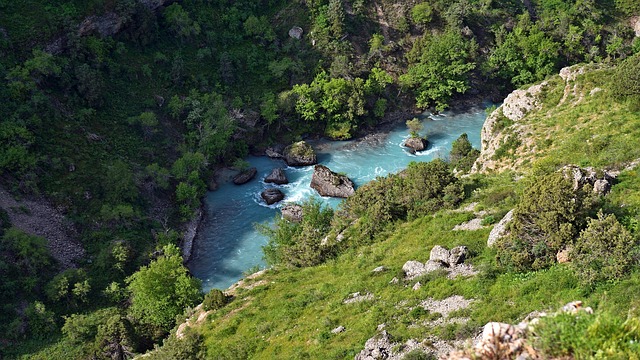
Kazakhstan is the world’s ninth-largest country by area, and it is rich in natural resources, including oil, iron ore, gas, coal, uranium, and zinc.
But what is perhaps most interesting about Kazakhstan is its abundance of fresh water.
Kazakhstan has more than 70,000 rivers and lakes, and its largest inland body of water, Balkhash, is nearly as large as Belgium.
The country also has the world’s third-largest reserves of freshwater – behind only Brazil and Russia. All this freshwater comes at a price, however.
Kazakhstan’s water supply is under constant threat from pollution and environmental degradation. In recent years, the government has made great strides in improving water quality and protecting the country’s water resources.
Interesting facts about the people of Kazakhstan
The people of Kazakhstan are known for their hospitality and their hard work and they are very hospitable.
Kazakhs have a strong sense of family and community. They value their traditions and culture. They are always ready to help visitors and make them feel at home.
They are very much involved in agriculture and livestock breeding and are extremely hard workers. Kazakhs are very proud of their country and its history.
They are also proud of their nomadic heritage and are known for their love of horseback riding and horsemanship. They also enjoy other sports such as boxing, wrestling, and archery.
Interesting facts about the culture of Kazakhstan
The population of Kazakhstan is made up of many different ethnic groups, including Kazakhs, Russians, Ukrainians, Germans, Tatars, and Uzbeks.
Islam is the largest religion in Kazakhstan. The culture of Kazakhstan has been shaped by its nomadic history, as well as its Soviet past.
Traditional Kazakh music and dance are an important part of the country’s cultural heritage.
Kazakhstan’s national drink
Kazakhstan’s national drink is called kumis. Kumis is a fermented drink made from mare’s milk. It has a slightly sour taste and is usually consumed cold.
Kumis has been drunk in Kazakhstan for centuries. It was traditionally made by fermenting mare’s milk in wooden barrels.
Nowadays, Kazakhstan’s national drink is still made in the same way, but it is also possible to buy kumis in supermarkets and shops.
Kumis, made from horse milk is not only popular in Kazakhstan, but also in other countries of Central Asia such as Kyrgyzstan and Uzbekistan. It is an important part of the nomadic lifestyle and Kazakh culture.
The Flag of Kazakhstan
The flag of Kazakhstan was adopted on June 4, 1992. The design of the flag is a Kazakh yurt, which is a traditional dwelling used by nomadic Turkic peoples.
The blue color on the flag represents the steppes and skies of Kazakhstan, while the gold represents the sun and wheat fields of the country. The flag has a ratio of 1:2.
If you’re enjoying this article then why not learn some really Interesting Facts About Bulgaria
Kazakhstan’s national anthem
Kazakhstan’s stirring national anthem was composed by Zhumeken Nazhimedenov and written by Nursultan Nazarbayev. The song reflects the country’s rich history and cultural heritage.
The first verse of the anthem speaks of the Kazakh people’s nomadic roots, while the second verse pays tribute to the country’s heroic past.
Interestingly the third verse calls for unity among all Kazakhs, regardless of their ethnic or religious background.
The anthem was adopted in 2006, shortly after Kazakhstan gained independence from the Soviet Union.
It quickly became a source of pride for Kazakh citizens and has been performed at several international events, including the Olympic games and the Asian Games.
Here are some interesting fun facts about Kazakhstan:
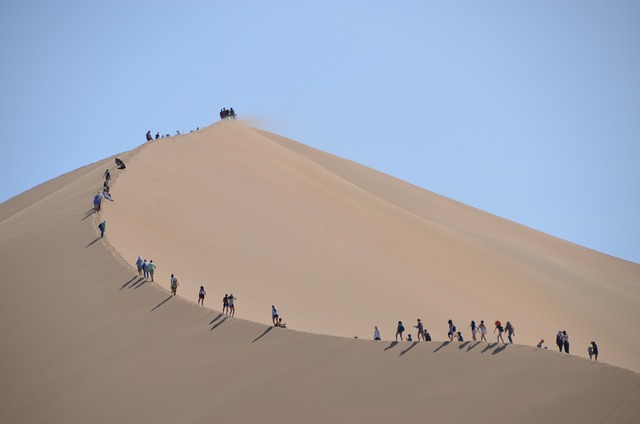
In March 2019, Kazakhstan renamed its capital Astana to Nur-sultan to honor the country’s outgoing long-term authoritarian president, Nursultan Nazarbayev.
In September 2022, the name of the capital of Kazakhstan was changed back to Astana from the former capital Nur-sultan.
Kazakhstan became a member of the United Nations in 1992 and the Organization for Security and Cooperation in Europe in 1973. around 18 million people.
There are also deserts, such as the Kyzylkum Desert, which make up about 12% of Kazakhstan’s land area.
The currency of Kazakhstan is the Tenge.
The climate in Kazakhstan varies from region to region but generally ranges from continental to subtropical.
Kazakhstan is the world’s largest landlocked country and covers an area of 2,724,900 square kilometers making it the ninth largest country in the world along with many of the largest lakes.
The population of Kazakhstan is 18,054,000 as of July 2017.
The country was once part of the Soviet Union and was known as the Kazakh Soviet Socialist Republic but gained independence in 1991.
Kazakhstan is a truly unique country with something to offer everyone.


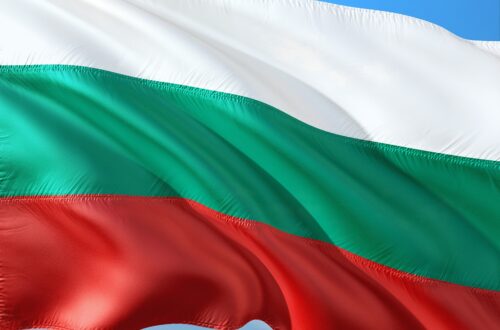
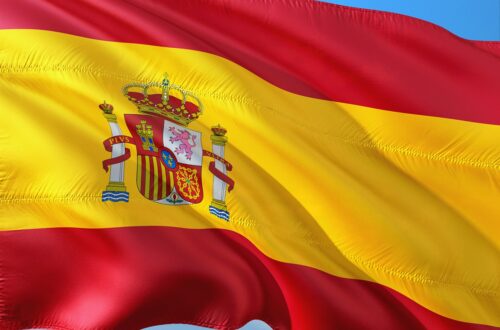

One Comment
Pingback: